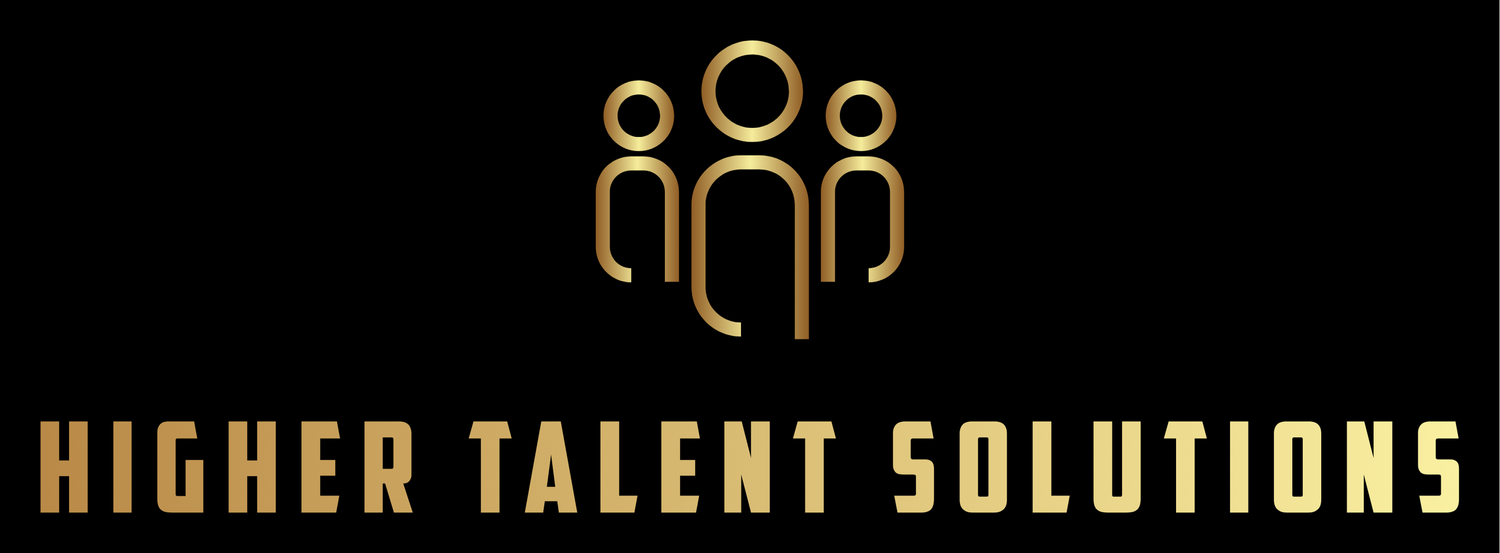Recruitment is a critical function for any business—but for small and mid-sized companies in Connecticut, it can be particularly challenging. Limited internal HR resources, lean budgets, and stiff competition for top-tier talent can leave growing businesses at a disadvantage when trying to scale.
This is where contingent search steps in as a cost-effective, performance-driven hiring solution. Unlike retained search, which typically involves upfront fees, contingent search firms only get paid when they deliver a successful hire. For many Connecticut-based companies navigating tight margins and fast-paced growth, this model offers a smarter, lower-risk approach to hiring.

📌 What Is Contingent Search?
Contingent search is a type of recruitment where the search firm is compensated only if a candidate is hired through their efforts. It’s a no-win, no-fee model that aligns the recruiter’s incentives with the employer’s success.
Key traits of contingent search:
- No upfront fees
- Fee is paid upon successful hire
- Ideal for mid-level to senior positions
- Faster candidate delivery compared to traditional methods
🔍 Why Contingent Search Makes Sense for Connecticut SMBs
1. No Financial Risk Upfront
For small and mid-sized businesses, investing in a retained recruiter or internal headhunter may not be financially feasible. With contingent search, you only pay if the hire is successful, making it a budget-conscious option with high upside.
2. Access to Pre-Vetted Talent Pools
Contingent recruiters specialize in sourcing passive candidates—professionals who aren’t actively applying to job boards but may be open to the right opportunity. This means access to a wider and more qualified talent pool than you’d typically find through a public job listing.
3. Accelerated Hiring Timelines
Recruiters in a contingent model are incentivized to move quickly. They work efficiently to deliver top candidates faster than internal teams juggling multiple roles, helping you fill open positions before business starts to feel the pinch.
4. Local Market Expertise
Connecticut’s labor market varies by region—what works in Stamford may not work in Hartford. Contingent search firms that specialize in CT hiring understand the local nuances of the talent landscape and can help you stand out in competitive sectors like healthcare, finance, tech, and manufacturing.
5. Better Candidate Fit = Reduced Turnover
Experienced contingent recruiters go beyond resume matching. They evaluate cultural fit, long-term potential, and job alignment—key factors that reduce early-stage turnover and improve employee retention.
📊 Common Roles Filled Through Contingent Search in CT
- Mid-level managers
- Healthcare administrative staff
- Financial analysts and accountants
- IT support and system administrators
- Sales professionals
- Operations and logistics managers
For Connecticut businesses that don’t hire at executive levels frequently, contingent search covers the sweet spot of roles that are critical but hard to fill via DIY hiring.
🛠️ How to Maximize the Value of Contingent Search
If you’re considering working with a contingent search partner in Connecticut, here are a few tips to make the most of the relationship:
- Be Transparent: Clearly outline job responsibilities, salary range, benefits, and company culture.
- Give Timely Feedback: Respond quickly to candidate submissions and interviews to keep the process moving.
- Avoid Multiple Recruiters for the Same Role: It may seem like a way to speed things up, but it often leads to duplicated efforts and poor communication. Choose one reliable agency or partner and stay aligned.
- Treat Recruiters Like Partners: Involve them in your hiring strategy, not just the job post. Their insights can save you time and resources.
🏁 Final Thoughts
For small and mid-sized businesses in Connecticut, the road to smart, strategic growth begins with the right people. Contingent search offers a low-risk, high-impact way to secure top talent without the overhead of traditional hiring models.
Whether you’re looking to scale your operations, fill a skills gap, or improve retention, working with a local contingent search partner can help you hire smarter, faster, and more confidently.
🙋♀️ FAQs About Contingent Search for SMBs in Connecticut
1. What’s the average fee for contingent search in CT?
Most firms charge between 15% to 25% of the candidate’s first-year salary, but rates may vary depending on the role, industry, and urgency.
2. How long does a typical contingent search take?
Most searches are completed within 2 to 6 weeks, though niche roles or high-level positions may take longer.
3. Is contingent search only for full-time roles?
While primarily used for full-time hires, some firms also offer solutions for contract-to-hire or temp-to-perm roles.
4. Can I work with multiple contingent recruiters at once?
Yes, but it’s not recommended. Working exclusively with one firm fosters better communication, accountability, and results.
5. How do I choose the right contingent search firm in Connecticut?
Look for firms with local market knowledge, experience in your industry, a strong candidate vetting process, and transparent communication practices.




















